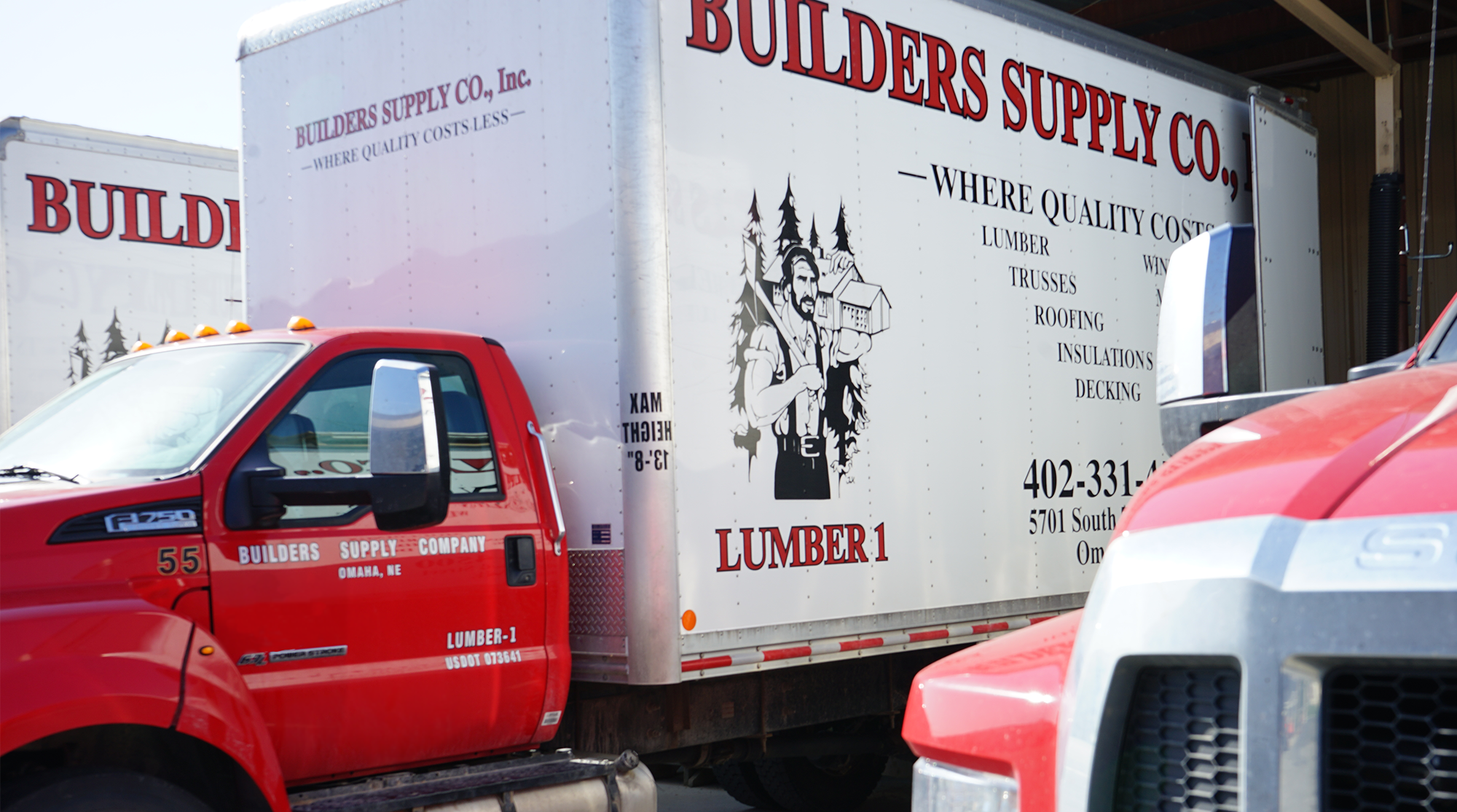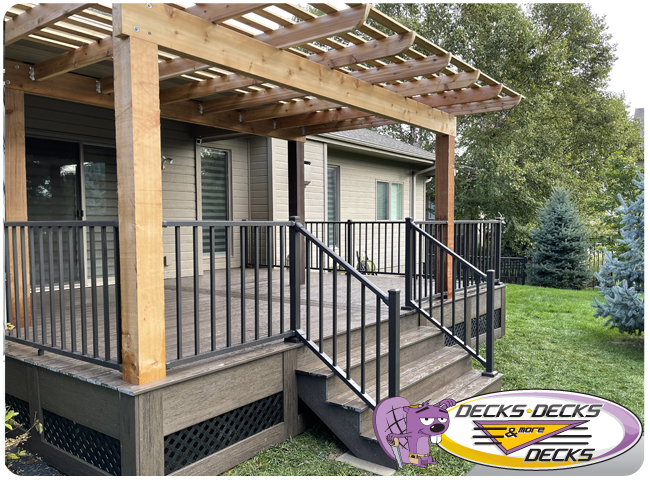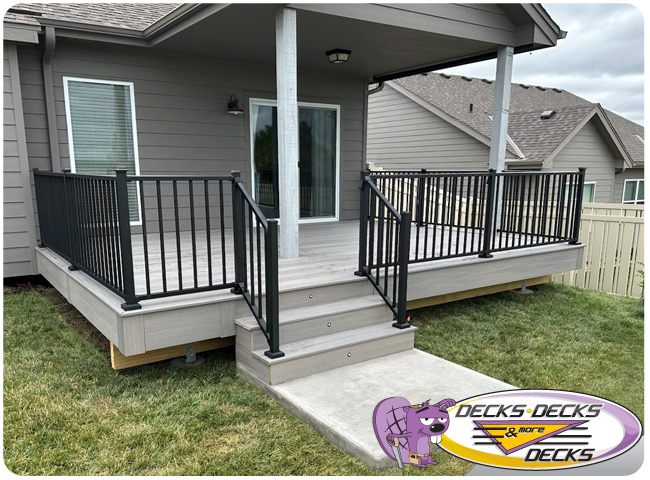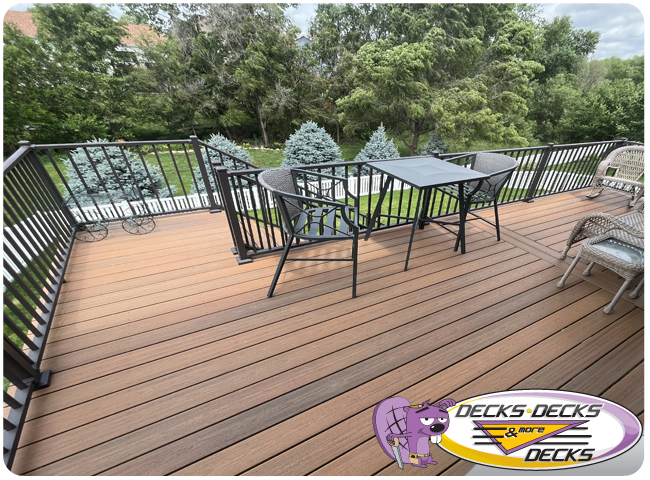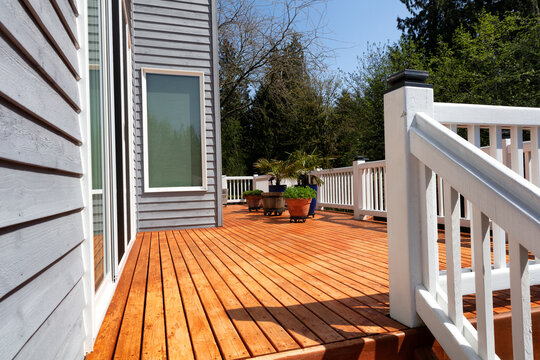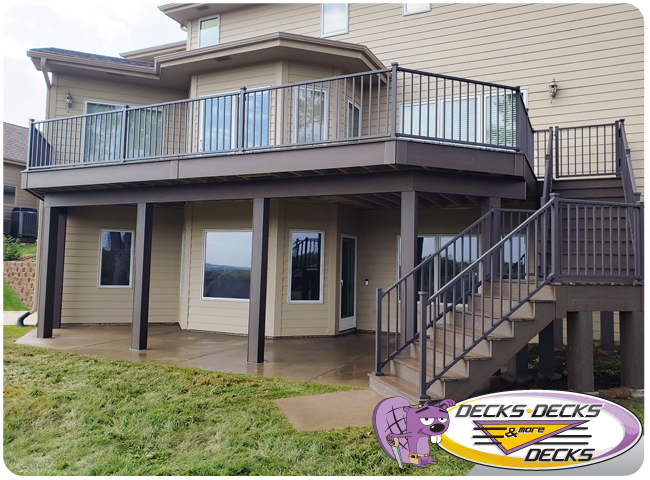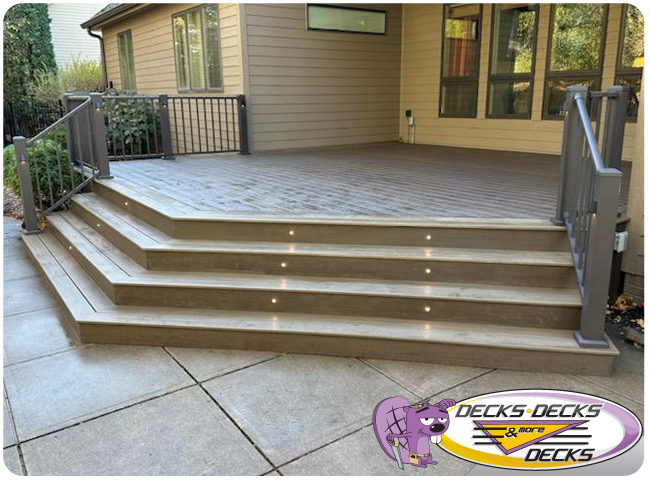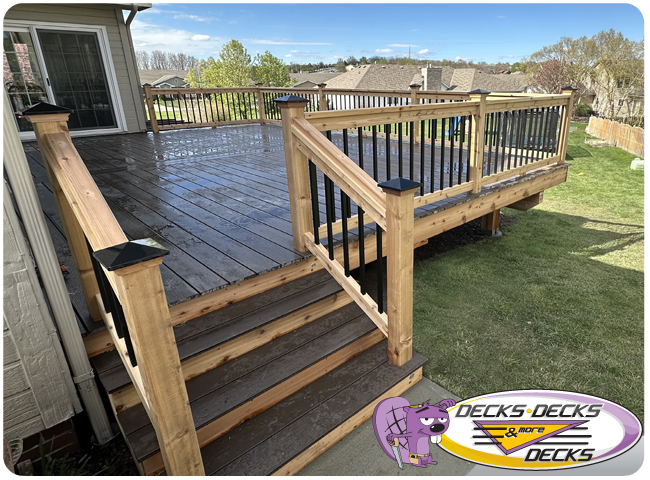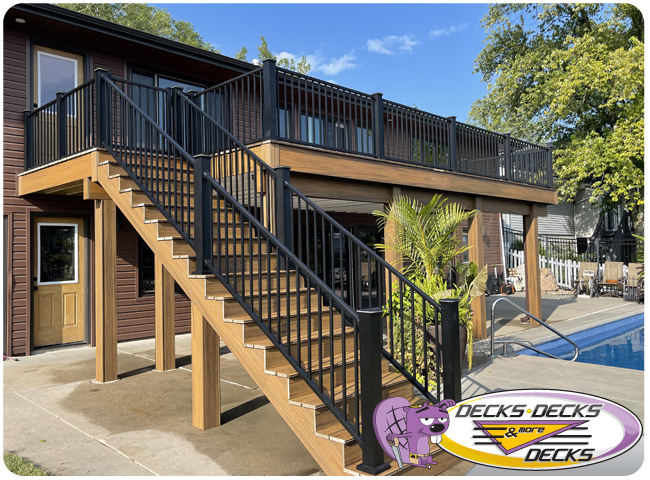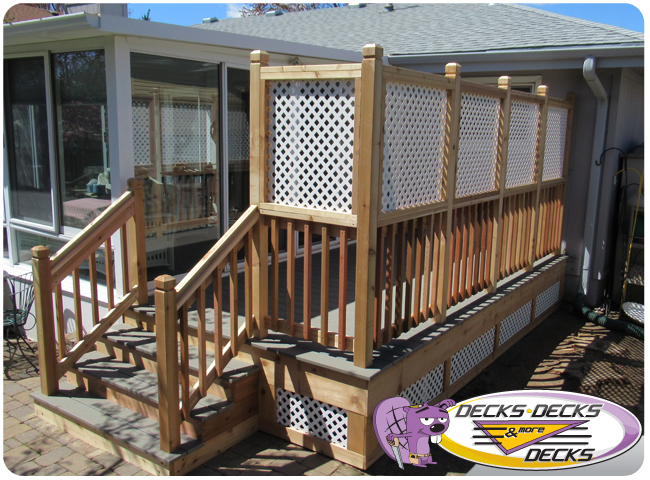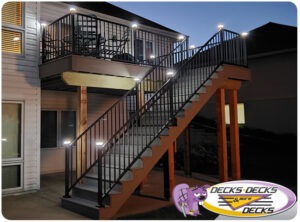The Differences Between Treated and Untreated Wood
When planning a woodworking project, one of the most important decisions you’ll make is choosing between treated and untreated wood. Each type has distinct properties that affect durability, appearance, and suitability for different applications. Understanding these differences will help you make an informed choice for your next project.
What Is Treated Wood?
Treated wood has undergone a chemical process to enhance its resistance to decay, insects, and moisture. This treatment extends the wood’s lifespan, making it suitable for outdoor and structural applications. Commonly, pressure-treated wood is used, where preservatives are forced into the wood fibers under high pressure.
Benefits of Treated Wood:
- Durability: Treated wood is highly resistant to rot, decay, and insect damage, making it ideal for outdoor use.
- Longevity: The treatment process significantly extends the life of the wood, even in harsh weather conditions.
- Versatility: It can be used for various applications, including decks, fences, and structural supports.
Drawbacks of Treated Wood:
- Chemical Exposure: The chemicals used in the treatment process can be harmful, requiring caution during handling and installation.
- Appearance: Treated wood often has a greenish tint due to the chemicals, which may not be aesthetically pleasing.
- Cost: Treated wood is generally more expensive than untreated wood due to the additional processing involved.
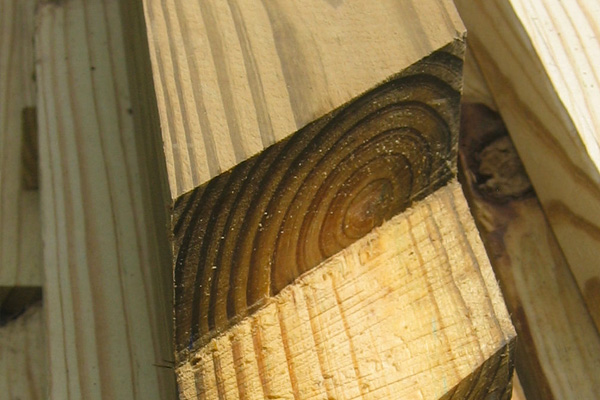
What Is Untreated Wood?
Untreated wood is wood in its natural state, without any added chemical preservatives. It is typically used for indoor applications or in areas where it will not be exposed to harsh environmental conditions.
Benefits of Untreated Wood:
- Natural Appearance: Untreated wood retains its natural color and grain, providing a more authentic and aesthetically pleasing look.
- Chemical-Free: There are no added chemicals, making it a safer choice for indoor use and projects where contact with food or skin is likely.
- Cost-Effective: Untreated wood is generally less expensive than treated wood.
Drawbacks of Untreated Wood:
- Vulnerability: Without chemical preservatives, untreated wood is more susceptible to rot, decay, and insect damage.
- Maintenance: It requires more maintenance, such as regular sealing or painting, to protect against environmental damage.
- Limited Outdoor Use: Untreated wood is not suitable for long-term outdoor use, especially in areas with high moisture or insect activity.
Choosing Between The Two
Application:
- Outdoor Projects: For decks, fences, garden beds, and other outdoor structures, treated wood is the better choice due to its durability and resistance to environmental factors.
- Indoor Projects: For furniture, interior trim, and other indoor applications, untreated wood is often preferred for its natural beauty and lack of chemicals.
Budget:
- Treated wood is more expensive upfront but can save money in the long run due to its longevity and reduced need for replacement.
- Untreated wood is more budget-friendly initially but may incur higher maintenance costs over time.
Aesthetic Preferences:
- If the natural look of wood is a priority, untreated wood is the clear winner. However, treated wood can be stained or painted to achieve a desired appearance, although it may require additional preparation.
Environmental Considerations:
- The chemicals used in treated wood can have environmental impacts, especially if the wood is disposed of improperly. Untreated wood is more eco-friendly, as it does not contain added chemicals.
Conclusion
The choice between treated and untreated wood depends largely on the specific needs of your project. Treated wood offers enhanced durability and longevity, making it ideal for outdoor and structural use. Untreated wood, with its natural appearance and chemical-free composition, is perfect for indoor applications and projects where aesthetics are a primary concern. By understanding the properties and uses of each type of wood, you can make an informed decision that ensures the success and longevity of your project.


